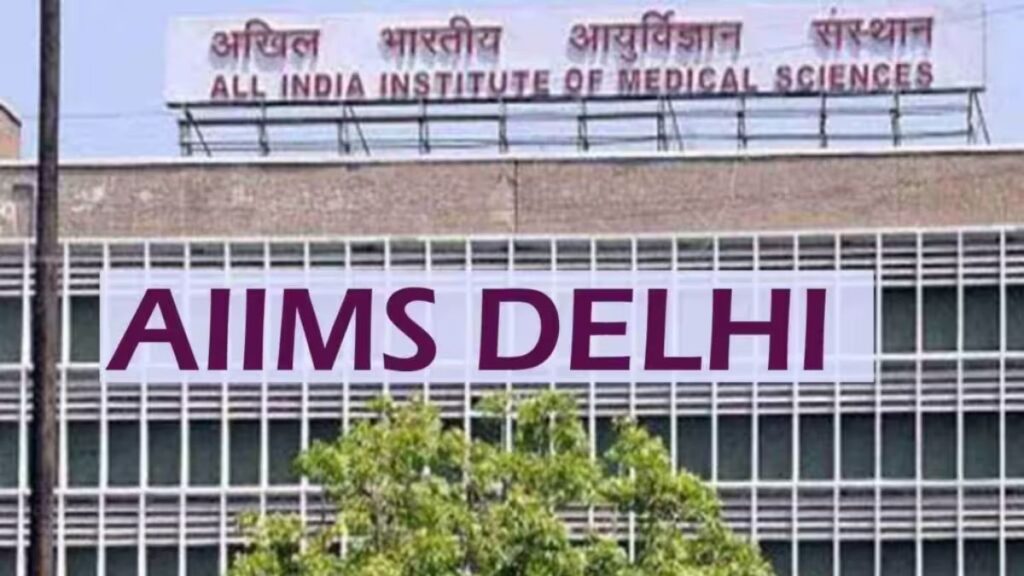
The All India Institute of Medical Sciences (AIIMS), New Delhi, has issued an Office Memorandum fixing the duty hours of resident doctors at a maximum of 12 hours per day and 48 hours per week, along with a weekly off by rotation. While the circular appeared to be a step toward better working conditions, doctors and medical associations have raised concerns about its practicality.
Resident doctors argue that with the current manpower strength, such a schedule is nearly impossible to follow. Dr. Sai Kaustubh, President of the Resident Doctors’ Association of AIIMS, said that postgraduates often work 36 hours at a stretch and are on overnight duties every third day. He stressed that increasing the number of residents is the only way to make the new schedule viable.
Doctors have long complained about inhuman duty hours, low pay, and poor working conditions during junior residency. Despite the Supreme Court’s 1992 Uniform Central Residency Scheme prescribing 48 hours per week and 12 hours at a stretch, doctors allege that in reality they often work 70–100 hours weekly, with clinical branches facing the heaviest burden.
Recently, the United Doctors’ Front filed a PIL in the Supreme Court challenging the “exploitative and unconstitutional” working hours of residents, demanding strict implementation of the 1992 scheme.
Following the AIIMS circular, resident doctors have expressed skepticism, calling it a “notice on paper” that is never enforced. Some departments reportedly continue to make residents work 24–36 hours continuously, with doctors fainting during duty.
Dr. Dhruv Chauhan, National Spokesperson of the IMA Junior Doctors Network, alleged that the circular is mere “PR drama” and said many AIIMS residents had written to him about their ordeal. He added that the government must intervene to address the systemic failure, warning that making doctors work like “robots” was harming their health and future.
Despite AIIMS’ move being welcomed in principle, resident doctors insist that without increased manpower and structural changes, the rules cannot be implemented in practice.


